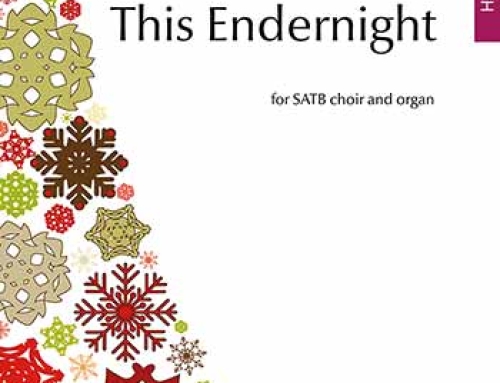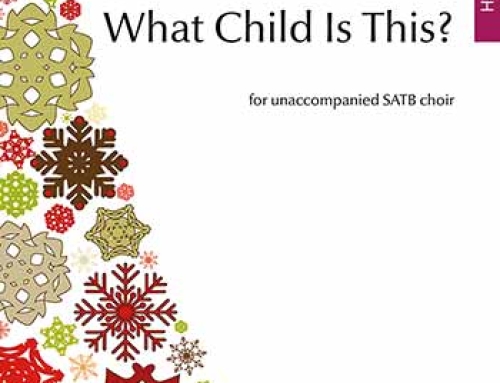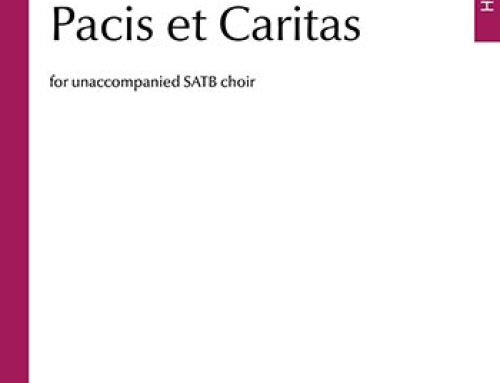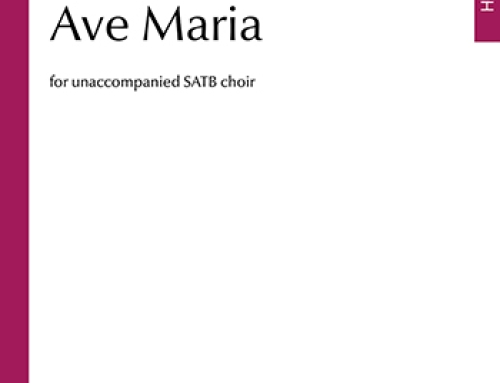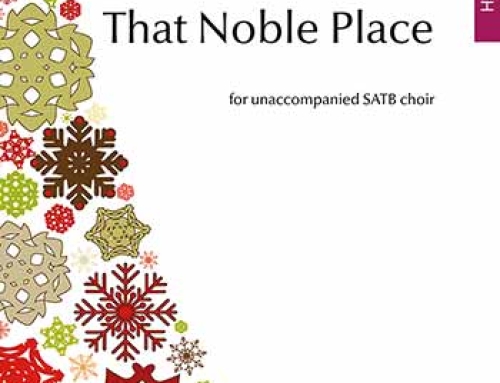Lazarus Requiem
- Duration: 60 minutes
- Soloist(s): Soprano, Mezzo Soprano, Tenor, Baritone
- Chorus: Main SATB chorus, SATB semi-chorus
- Instrumentation: Full orchestra, Baritone Saxophone
- Published by: Novello & Co
“I can well imagine the Lazarus Requiem becoming popular with choral societies and with their audiences for it is an attractive, sincere and thoughtful piece.”
– MusicWeb International
“What the Lazarus Requiem does do – and to striking effect – is bring into sharp relief Hawes’s unerring gift for evocative orchestral texture and beautiful melodic line”
– Choir & Organ
In the Lazarus Requiem, the mystery of life and death, the pain of grief and the hope of a risen life are held in taut symmetry. The experience of death and dying, the challenge of faith and the promise of hope are all present. These are words and music for any person who has wondered in the face of death. The work intersperses the traditional Latin text sung by the choir with an account in English about the raising of Lazarus sung by the semi-chorus and soloists.
The work begins with an orchestral Elegy for Lazarus which depicts the dying man and sets the scene for the first tableau. The sound worlds of the tableaux and the Latin movements are quite different. The Requiem Aeternam, Kyrie, Sanctus etc. use the full resources of both choir and orchestra whereas the tableaux, as well as using semi-chorus, are characterised by muted strings, harp and baritone saxophone. Christ’s solos see the addition of the four horns. There are moments when the two sound worlds become superimposed. Most notably, the Benedictus takes the form of a soprano solo sung by Mary and, at the climax of the miracle when Christ exclaims, “Unbind him! Loose him! Let him go!” the mutes are removed from the strings, and the full orchestra interject with the concluding section of this tableau. The final movement of the work is the Lux Aeterna, for choir and orchestra, together with the two female soloists.
In the Lazarus Requiem the text, with the exception of one original poem, is from the New Testament. In this way, the liturgical text and the scripture throw light upon one another and so illuminate the hearts and minds of all those who perform and listen in a ‘double light’. It is possible both to extract the Latin texts and use them as a liturgical setting, or to extract the narrative of the Gospel and perform a dramatic cantata. Many of the ‘movements’ also stand alone for concert or liturgical performance.
Buy Full Score:
Orchestral Parts available on hire Email: hire@wisemusic.com Tel: +44 (0)1284 596 004
Buy Vocal Score (Requiem Aeternam):
![]()
![]()


